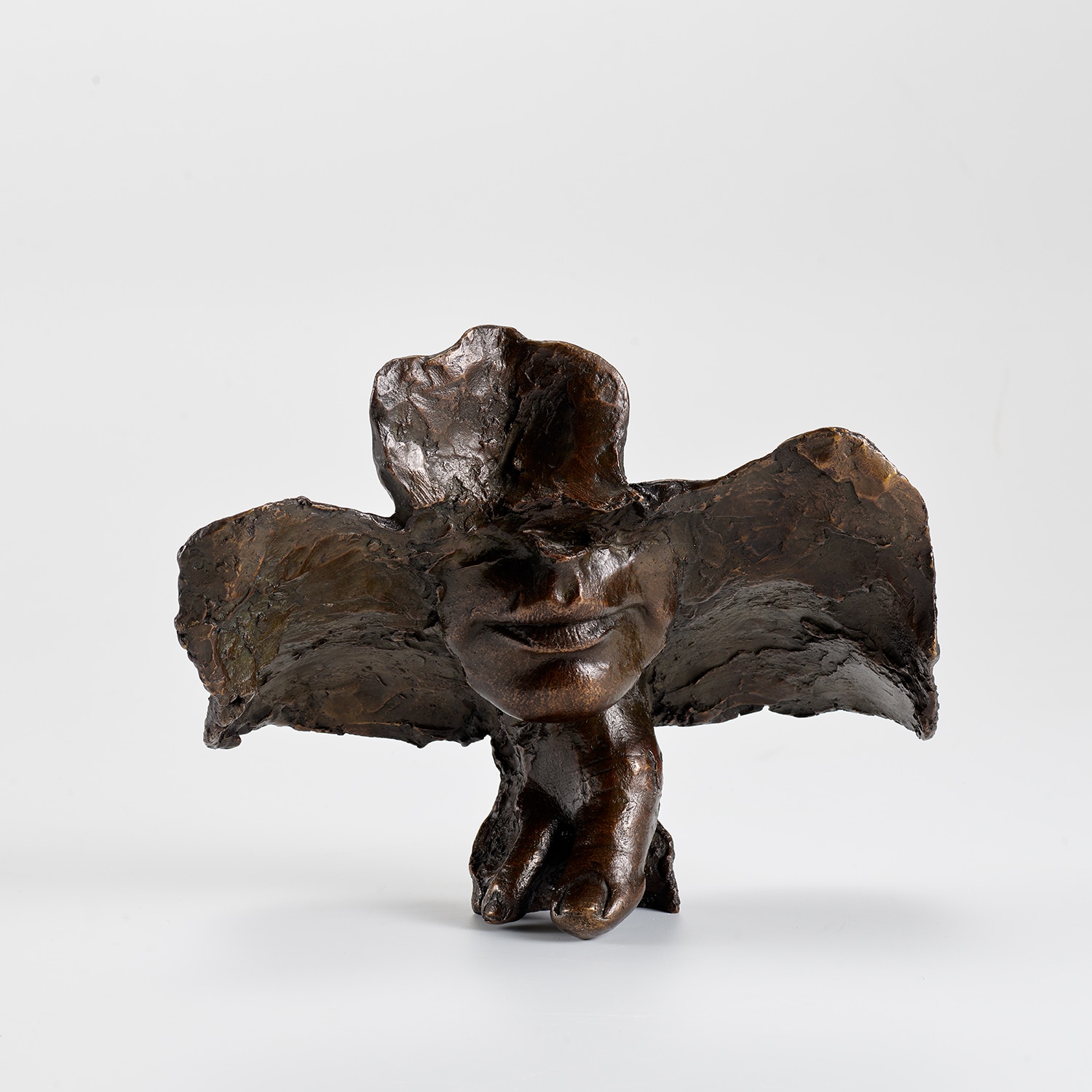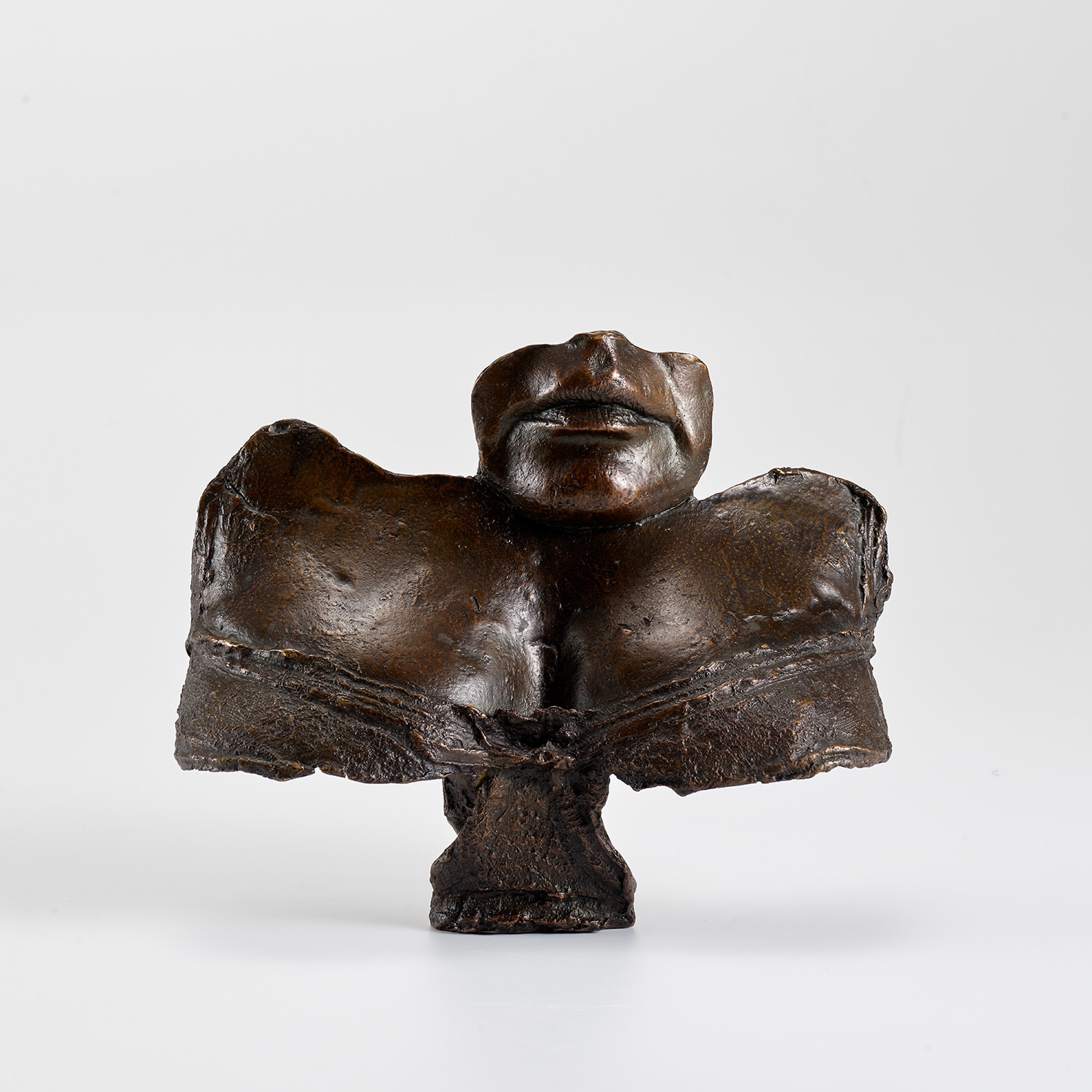





42
Alina Szapocznikow
Autoportret II
incised with the artist's initials, number, date and stamped with the foundry mark 'A.S. 66 4/7' on the reverse
bronze
20 x 24.6 x 10.3 cm (7 7/8 x 9 5/8 x 4 in.)
Conceived in 1966 and cast in 2012, this work is number 4 from an edition of 7.